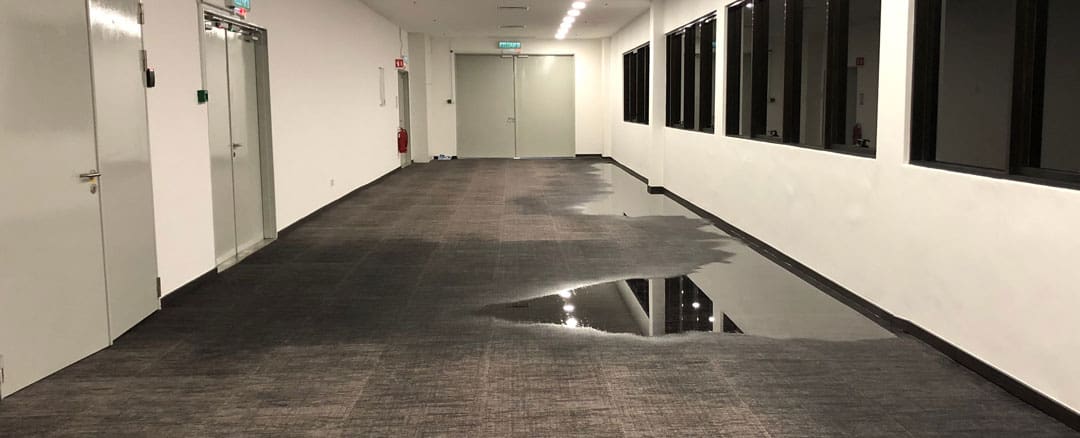Do's & Don'ts of Water Restoration.
Do's & Don'ts of Water Restoration.
Blog Article
What're your opinions about How To Prevent Fire And Water From Ruining Your Holiday Season?

Water gives life, water intrusion on parts where it's not intended to be can result in damages. Houses with water damage smell old and stuffy.
Water can come from many resources such as tropical storms, floods, burst pipelines, leaks, and sewage system concerns. In case you experience water damage, it would be excellent to know some safety and security preventative measures. Here are a couple of guidelines on just how to handle water damages.
Do Prioritize House Insurance Insurance Coverage
Water damage from flooding dues to heavy winds is seasonal. You can also experience an unexpected flooding when a damaged pipe all of a sudden breaks into your home. It would be best to have house insurance policy that covers both disasters such as all-natural calamities, and emergency situations like broken plumbing.
Don't Forget to Turn Off Utilities
In the event of a disaster, especially if you live in a flood-prone location, it would certainly be a good idea to shut off the primary electrical circuit. This cuts off power to your entire residence, protecting against electric shocks when water is available in as it is a conductor. Furthermore, don't neglect to switch off the primary water line valve. Furniture will certainly relocate around as well as cause damages when floodwaters are high. Having the main valve turned off avoids more damage.
Do Keep Proactive and also Heed Climate Alerts
Listen to discharge warnings if you live near a river, creek, or lake . Doing so reduces possible home damage.
Don't Neglect the Roofing System
You can stay clear of rainfall damage if there are no holes and also leakages in your roofing system. This will protect against water from moving down your walls as well as soaking your ceiling.
Do Take Notice Of Little Leaks
A ruptured pipe does not occur overnight. Generally, there are red flags that show you have damaged pipes in your house. For example, you may notice gurgling paint, peeling wallpaper, water streaks, water stains, or trickling noises behind the wall surfaces. At some point, this pipe will break. Ideally, you ought to not await points to escalate. Have your plumbing repaired prior to it causes huge damage.
Do Not Panic in Case of a Ruptured Pipeline
Maintaining your clearheadedness is essential in a time of situation. Due to the fact that it will certainly stifle you from acting fast, worrying will just intensify the problem. Timing is key when it comes to water damages. The longer you wait, the more damages you can anticipate. Thus, if a pipeline bursts in your house, right away shut off your major water valve to remove the source. After that unplug all electric outlets in the area or shut off the circuit breaker for that part of your home. Finally, call a reputable water damage reconstruction specialist for help.
Water provides life, water invasion on components where it's not meant to be can result in damage. Homes with water damage smell stuffy and also old.
Water damages from flood dues to heavy winds is seasonal. You might observe bubbling paint, peeling wallpaper, water touches, water spots, or leaking sounds behind the wall surfaces. When it comes to water damages, timing is key.
Are Water Mitigation and Water Damage Restoration the Same Thing?
When are Water Mitigation Services Needed?
Water intrusion can come from small sources like a dishwasher leak or larger ones like rainwater causing inches of standing water in a basement. Other instances of damage that call for water mitigation services include:
Sewer backup, sump pump failure, or clogged toilets Toilet wax seal failure Shower pan corrosion Pipe leaks and ruptures Washer or icemaker line breaks HVAC drain line blockage A leaking roof Moisture behind walls Foundation cracks Mold Mold is a good example to illustrate how water mitigation works. We’ve often found that clients we do mold remediation services for had existing water damage issues that ended up leading to the mold damage. When performing water mitigation we look for what’s causing the water problem and for ways to stop mold before it multiplies and becomes a bigger concern.
Are You Currently Experiencing a Water Disaster?
If you’re in the middle of a water intrusion disaster, here are some important dos and don’ts to follow:
Don’ts:
Safety first! Do not enter a room with standing water until the electricity has been turned off! A regular household vacuum should never be used to pick up water. Never use electrical appliance if standing on a wet floor or carpet. Leave visible mold alone. Dos:
Call a water mitigation professional as soon as possible. Mold and other damage can begin within hours of a water intrusion. Mop and blot up as much water as possible. Remove non-attached floor coverings and mats but leave wall-to-wall carpeting removal to a pro. If there are window coverings like draperies that touch the water, loop them through a hanger and put them up on the rod. Remove wet cushions to dry and wipe down soaked furniture. Move valuables like paintings, photos, and art objects to a dry location. Books should be left tightly packed on shelves until it’s determined if they need specialized drying. Prop open closets, cabinets, and drawers to allow them to air out. https://cfrsfl.com/blog/are-water-mitigation-and-water-damage-restoration-the-same-thing/

I recently found that page on How To Prevent Fire And Water From Ruining Your Holiday Season when surfing the search engines. Do you know about another person who is serious about the subject? Take a moment to share it. Thank you for going through it.
Report this page